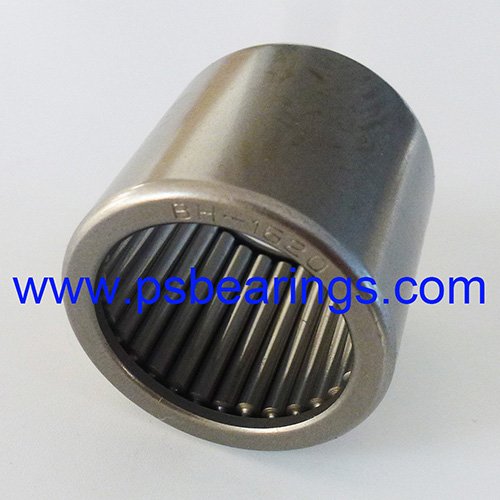Thrust Needle Roller Bearings and Drawn Cup Needle Roller Bearings: A Comparison
Needle roller bearings are versatile components
widely used in various mechanical systems, each designed to address
specific load and space constraints. Two common types are thrust needle
roller bearings and drawn cup needle roller bearings, each serving
distinct purposes in the realm of precision engineering. In this
article, we will explore the characteristics and applications of these
two needle roller bearing variants.
Thrust Needle Roller Bearings
Thrust Needle Roller Bearing,
as the name suggests, are engineered to handle axial (thrust) loads,
making them invaluable in applications where the primary force is
directed along the bearing's axis. They are designed with
precision-ground needle rollers and a thrust cage assembly.
1. High Axial Load Capacity: Thrust needle roller bearings are optimized for axial loads, offering exceptional load-carrying capacity. This makes them ideal for applications like automotive transmissions, where axial forces are prominent.
2. Compact Design: These bearings have a compact form factor due to their needle roller design, allowing them to fit into tight spaces while still providing robust axial load support.
3. Efficient Thrust Transfer: Thrust needle roller bearings ensure efficient transmission of axial forces, reducing friction and energy loss during operation.
Drawn Cup Needle Roller Bearings
Drawn Cup Needle Roller Bearing, on the other hand, are known for their simplicity and versatility. They consist of a thin-walled, drawn outer shell and a complement of needle rollers, typically retained by a cage. These bearings find applications in various industries, including automotive, agriculture, and appliances.

1. Versatile Radial Load Support: Drawn cup needle roller bearings excel at supporting radial loads, making them suitable for applications like wheel hubs, where radial forces are prevalent.
2. Compact and Lightweight: Their compact and lightweight design makes drawn cup needle roller bearings an excellent choice for applications with limited space and weight constraints.
3. Cost-Effective: These bearings are often more cost-effective than alternatives, making them a popular choice for applications where budget considerations are important.
Comparison
In summary, thrust needle roller bearings and drawn cup needle roller bearings have distinct design features and applications. Thrust needle roller bearings are specialized for handling axial loads efficiently and are commonly found in transmissions and steering systems. In contrast, drawn cup needle roller bearings are versatile components that excel at supporting radial loads and are widely used in various industries.
Ultimately, the choice between these two bearing types depends on the specific requirements of a given application. Engineers and designers must consider factors such as the type of load, available space, cost constraints, and the desired balance between radial and axial load capacity when selecting the most suitable needle roller bearing for their project. Understanding the differences and strengths of thrust needle roller bearings and drawn cup needle roller bearings is essential for optimizing the performance and longevity of mechanical systems.
Comments
Post a Comment